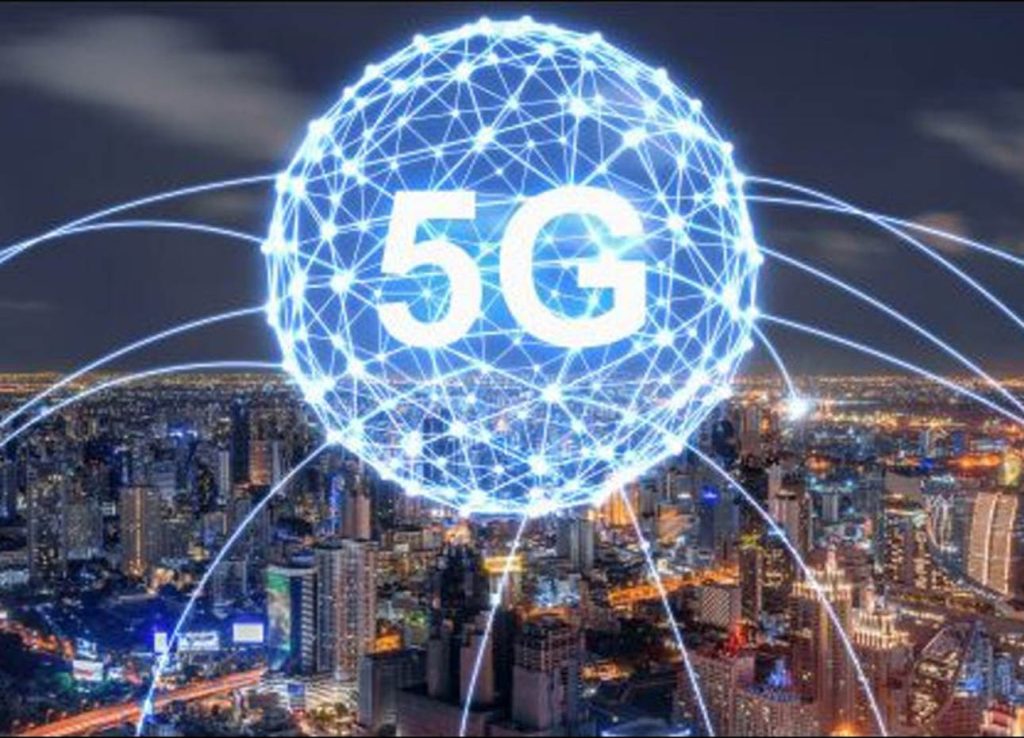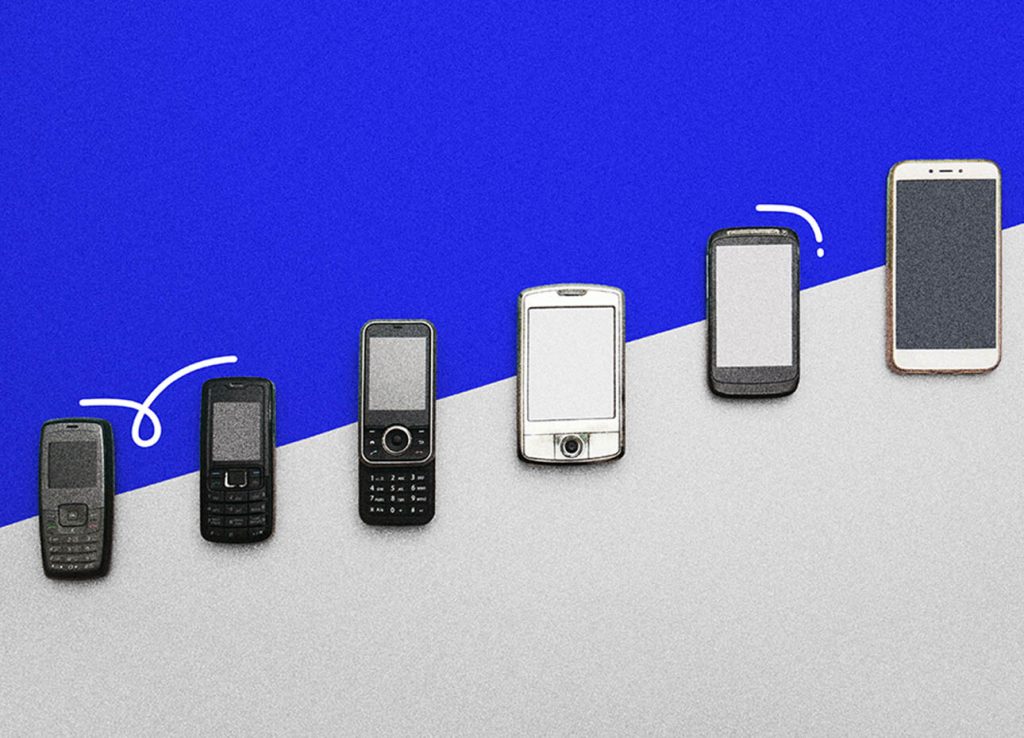
The Evolution of Mobile Tariffs in the Era of 5G
As an ardent follower of technological advancements, I find myself captivated by the impending arrival of 5G technology and the ripple effects it promises to bring to the realm of mobile tariffs. With each passing day, the anticipation grows palpable, as industry experts and consumers alike eagerly await the dawn of this transformative era.
The evolution of mobile telecommunications has been nothing short of remarkable, with each generation of technology pushing the boundaries of connectivity and reshaping the way we interact with the digital world. From the humble beginnings of 2G to the widespread adoption of 4G, we have witnessed a steady progression towards faster speeds, lower latency, and greater reliability.
Now, on the precipice of the 5G revolution, we stand poised to embark on a journey into uncharted territory. The promises of 5G are nothing short of revolutionary, with theoretical download speeds reaching up to 100 times faster than 4G. This exponential leap in performance opens the door to a myriad of possibilities, from seamless streaming of 4K video to real-time multiplayer gaming and immersive augmented reality experiences.
Yet, amidst the excitement and anticipation, one question looms large: How will the advent of 5G technology reshape the landscape of mobile tariffs? It is a question that demands careful consideration, as the implications extend far beyond mere convenience or entertainment. The evolution of mobile tariffs in the 5G era has the potential to fundamentally alter the way we access and utilize digital services, impacting everything from business productivity to social interaction and beyond.
Unleashing the Power of 5G:
As the sun rises on the era of 5G, it brings with it the promise of a connectivity revolution. Gone are the days of buffering videos and dropped calls; in their place stands a network capable of delivering lightning-fast internet speeds and unparalleled reliability. With download speeds potentially soaring up to 100 times faster than 4G, the implications for mobile tariffs are nothing short of profound.
Increased Data Consumption:
The arrival of 5G is poised to unleash a tidal wave of data consumption like never before. The enhanced speed and efficiency of 5G networks will undoubtedly inspire users to indulge in data-intensive activities previously hindered by slower connections. From streaming high-definition videos in real-time to engaging in immersive online gaming experiences and exploring the boundless realms of augmented reality, the possibilities are endless.
This surge in data consumption represents a seismic shift in consumer behavior, one that mobile operators must be prepared to accommodate. Gone are the days of modest data plans; in their place emerges a voracious appetite for bandwidth that must be sated. To meet this growing demand, mobile operators may find themselves compelled to revisit and revise their data plans, ensuring they can support the insatiable hunger for data in the 5G era.
Shift Towards Unlimited Data Plans:
In response to the escalating need for data, we may witness a seismic shift in the landscape of mobile tariffs, with unlimited data plans emerging as the new standard. While unlimited plans have existed in the past, they were often marred by throttling or data caps designed to mitigate network congestion. However, the robust capabilities of 5G networks may pave the way for truly unlimited data plans, free from the shackles of speed restrictions or usage limitations.

This transition towards unlimited data plans represents a paradigm shift in the way consumers perceive and interact with their mobile tariffs. No longer constrained by fears of exceeding data limits or incurring exorbitant overage charges, users can embrace the freedom to explore and engage with digital content to their heart’s content. From binge-watching entire seasons of their favorite TV shows to conducting marathon gaming sessions with friends halfway across the globe, the possibilities are as limitless as the data plans themselves.
Tiered Pricing Structures:
Despite the allure of unlimited data, some users may still prefer more economical options tailored to their specific needs and budgetary constraints. In recognition of this diversity of preferences, mobile operators may opt to introduce tiered pricing structures that cater to a spectrum of usage patterns and budgets. These tiers could offer varying levels of data allowances, each accompanied by corresponding price points designed to accommodate the diverse needs of consumers.
This embrace of tiered pricing structures represents a strategic approach to tariff design, one that seeks to strike a delicate balance between affordability and flexibility. By offering consumers the freedom to choose a plan that aligns with their individual usage habits and financial considerations, mobile operators can foster a sense of empowerment and satisfaction among their customer base. Whether it’s a light data user seeking a budget-friendly option or a power user craving unlimited access to the digital world, there’s a tariff to suit every need.
Integration of Value-Added Services:
In the fiercely competitive landscape of telecommunications, differentiation is key to standing out in the crowd. To this end, mobile operators are increasingly turning to value-added services as a means of enhancing their tariffs and enticing customers. These services go beyond the basic offerings of voice, text, and data, providing additional perks and benefits that enrich the user experience.
Imagine, for instance, a tariff that includes free access to premium content such as blockbuster movies, hit TV shows, and exclusive documentaries. By bundling these entertainment options with their tariffs, operators can offer added value to their customers, transforming mundane phone bills into tickets to a world of entertainment. Furthermore, exclusive discounts on popular entertainment subscriptions, such as streaming services or gaming platforms, serve as an irresistible incentive for consumers to choose one operator over another.
Moreover, priority customer support can make all the difference in a world where time is of the essence. By offering dedicated support channels and expedited response times to subscribers on certain tariffs, operators can demonstrate their commitment to customer satisfaction and build trust and loyalty among their user base.
Rise of 5G-Specific Tariffs:
With the rollout of 5G technology gathering momentum, mobile operators are poised to introduce tariffs specifically tailored to leverage its capabilities. These tariffs will prioritize ultra-fast download speeds, low latency for real-time applications, and seamless connectivity across a multitude of devices. Gone are the days of buffering videos and laggy online gaming; in their place emerges a world of limitless possibilities.
Imagine downloading an entire HD movie in seconds, or participating in a multiplayer online game without experiencing a hint of lag. These are the experiences that 5G-specific tariffs promise to deliver, revolutionizing the way we interact with the digital world. By catering to the unique requirements of 5G users, operators can capitalize on the growing demand for next-generation connectivity and position themselves as leaders in the industry.

Partnerships and Collaborations:
In an increasingly interconnected world, partnerships and collaborations have become essential tools for mobile operators looking to expand their offerings and reach new audiences. By forging alliances with other industry players, operators can tap into new markets, access innovative technologies, and enrich their tariffs with a diverse array of features and benefits.
These partnerships can take many forms, ranging from content providers and streaming platforms to device manufacturers and software developers. For example, a mobile operator may team up with a popular streaming service to offer exclusive content bundles to their subscribers. Similarly, collaborations with device manufacturers can result in special discounts or promotional offers for customers purchasing a new smartphone or tablet.
By leveraging synergies and co-creating value with their partners, mobile operators can differentiate themselves in a crowded market and offer compelling reasons for consumers to choose their tariffs over those of their competitors. Whether it’s access to premium content, cutting-edge devices, or innovative software solutions, partnerships hold the key to unlocking new opportunities and driving growth in the telecommunications industry.
Firstly, the exponential increase in data consumption driven by 5G’s blistering speeds will necessitate a reevaluation of data plans. We can expect to see a shift towards unlimited data offerings, accompanied by tiered pricing structures to cater to varying usage patterns.
Moreover, the integration of value-added services will play a crucial role in enhancing the appeal of mobile tariffs. By bundling perks such as premium content access and exclusive discounts, operators can differentiate their offerings and foster customer loyalty.
Additionally, the rise of 5G-specific tariffs tailored to leverage the technology’s capabilities highlights the industry’s commitment to innovation. These tariffs will prioritize ultra-fast speeds, low latency, and seamless connectivity, setting a new standard for mobile performance.
Furthermore, partnerships and collaborations between mobile operators and other industry players will drive further innovation in tariff offerings. By joining forces with content providers, device manufacturers, and software developers, operators can enrich their tariffs with innovative features and benefits.
In essence, the future of mobile tariffs in the 5G era is characterized by flexibility, innovation, and value. As consumers continue to demand faster speeds, greater reliability, and enhanced services, mobile operators must adapt their pricing strategies to meet these evolving needs. By embracing the possibilities of 5G technology, mobile tariffs are poised to undergo a paradigm shift that will redefine the way we connect, communicate, and experience the digital world.

